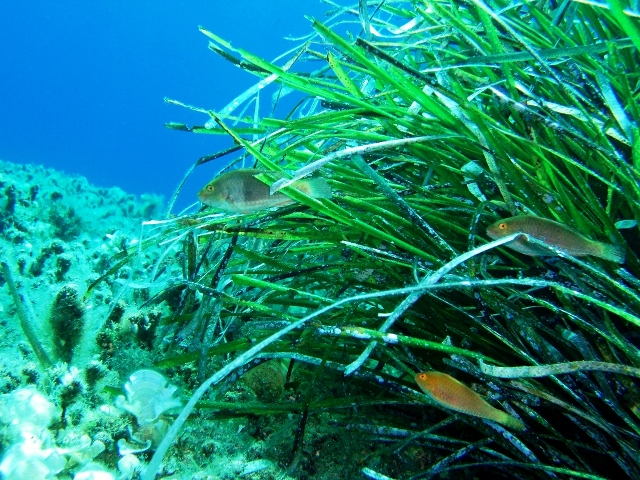Posidonia oceanica is a seagrass that occurs both in the Mediterranean Sea and off Australia. Like all seagrasses, Posidonia oceanica can reproduce asexually and sexually. Australian scientists have sequenced the DNA of Posidonia oceanica over 40 patches in the Mediterranean, ranging 3500 kilometers apart, to confirm the entire range is a result of asexual cloning.
By calculating the annual growth rate via cloning against the spread of this organism, they estimate this patch to be around 80,000 and 200,000 years old. Sadly, these meadows are now declining in size with the most likely culprit being the increased rate of warming in the Mediterranean Sea. [NewScientist]




